Types of Data Models: A Comprehensive Guide for 2024
If you’re a BI professional struggling to get clarity on different types of data models, then this comprehensive guide is all that you need to study. In our previous blog, “The Data Modeling Beginner’s Guide for 2024”, we discussed how Data Modeling forms the backbone of efficient data management. However, not all data models are created equal. Let’s delve deeper.
Types of data model
As a BI professional, it’s crucial to understand the different types of data models to create structured and scalable systems. Let us understand each data model type and their roles in data architecture.
Relational Data Model
A Relational Data Model consists of a collection of tables, each of which is assigned a unique name. Relational Database generally uses a query language, similar to SQL, for data management.
Consider a relation Salesman with attributes Salesman_id, name, city, commission, and Amount shown in the table.

- Referential Integrity
When one attribute of a relation takes only one value from another attribute of the same relation or any other relation, it is called referential integrity.
Let us suppose we have 3 relations.
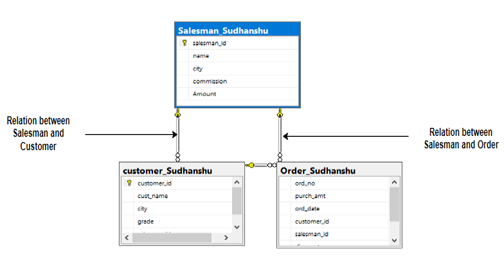
Advantages of the Relational Model –
- Simple model: Relational Model is simple and easy to use in comparison to other languages.
- Flexible: Relational database uses a role-based security technique that limits data access to specific users.
- Secure: You can easily create, read, update, and delete records without impacting the entire database structure.
- Data Accuracy: Data is more accurate in the relational data model.
- Data Integrity: The integrity of the data is maintained in the relational model.
- Ease of operations: It is better to perform operations in the relational model since they are easily applicable.
- Normalization: Relational data models use a normalization technique to identify and eliminate data redundancies.
Disadvantages of the Relational Model –
- Relational Database Model is not ideal for large databases.
- Occasionally, it becomes difficult to find the relation between tables.
- Because of the complex structure, the response time for queries is high.
Relational Data Model is extensively used in business data management and application development.
Entity-Relationship Model (ER Model)
An Entity-Relationship Model represents the structure of the database with the help of a diagram. ER Modelling is a systematic process designing a database as it would require you to analyze all data requirements before implementing the database.
For example, suppose we design a school database. In this database, the student will be an entity with attributes like Stu_id, Stu_name, Stu_Age, etc. The Course can be another entity with attributes like cou_id, Cou_name etc. and there will be a relationship between them.
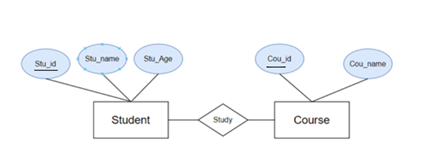
Components of an ER model:
1) Entity:
- An entity is a real-world object or concept that has a unique identity and can be distinguished from other objects.
- Entities are represented by rectangles in an ER diagram.
- Each entity has attributes that describe its properties.
2) Attribute:
- An attribute is a property or characteristic of an entity.
- Attributes describe the details of an entity and are depicted inside ellipses in an ER diagram.
- For example, a “Student” entity may have attributes such as “Stu_id,” “Stu_name” and “Stu_Age.”
3) Relationship:
- A relationship represents an association between two or more entities.
- It describes how entities are connected or linked in the database.
- Relationships are depicted by diamond shapes in an ER diagram and show how different entities interact with each other.
4) Key Attribute:
- A key attribute is an attribute that uniquely identifies an entity within an entity set.
- In an ER diagram, key attributes are often underlined.
- For example, a “Stu_id” attribute might serve as the key attribute for a “Student” entity.
Advantages of the Entity-Relationship data model –
- Straightforward relation representation: Having designed an E-R diagram for a database application, the relational representation of the database model becomes fairly straightforward.
- Easy conversion for E-R to other data model: Conversion from E-R diagram to a network or hierarchical data model can easily be accomplished.
Disadvantages of the Entity-Relationship data model –
- Loss of Information: While drawing an ER Model some of the information can be hidden or lost.
- Limited Relationship: ER model can represent limited relationships as compared to other models and it is not possible to indicate primary keys and foreign keys when they’re expected.
The Entity-Relationship Model (ER Model) is generally used for Database design and Information System Management.
Hierarchical Data Model
A hierarchical data model is a data model where data is arranged in a tree-like structure. Each piece of information is stored as a record and is linked to one another through links. A record is a collection of fields, and each field contains a single value. The type of record decides what information is included in it. This way, it forms a structured and organized way of storing and connecting data.

Advantages of the Hierarchical Data Model –
- Encourages data reliability and quick data retrieval.
- The hierarchical data model is user-friendly, with its one-to-many relationship enabling developers to navigate the database efficiently.
- In this model, physical storage structures and database tables are distinctly separated, simplifying the process of adding, modifying, or deleting records.
- It provides organized storage and management of data while ensuring data reliability.
Disadvantages of Hierarchical Data Model –
- Hierarchical Data Model can’t achieve many-to-many relationships.
- Queries encounter limited flexibility within this model, impacting the range of queries.
- This model lacks robust security features, posing limitations in safeguarding data.
Network Data model
The network database model was developed to address the limitations of the hierarchical database model. Unlike the hierarchical model, this approach allows a child to be associated with multiple parents. In this model, parent nodes are referred to as owners, and child nodes are designated as members.
As mentioned, graphical representation “University” will be a Parent and Mathematics Department will be Child.
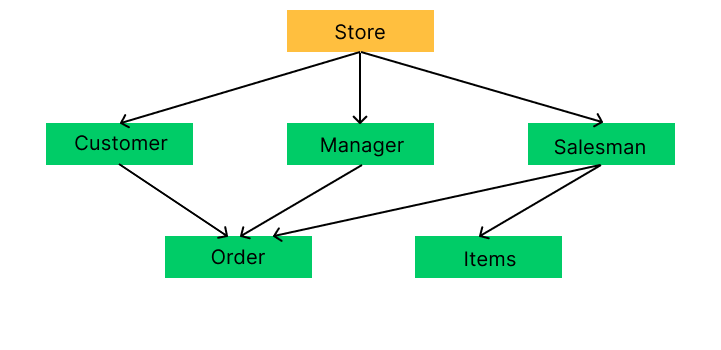
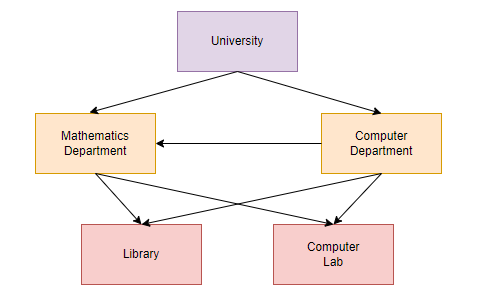
Advantages Of Network Data Model
- Network models excel at illustrating complex data relationships and offer enhanced data access compared to hierarchical models.
- They effectively manage numerous types of relationships, leading to improved database performance.
- Additionally, they embody conceptual simplicity.
Disadvantages Of Network Data Model
- The network model is notably more intricate than the hierarchical model.
- While it offers greater flexibility than the hierarchical model, it still encounters challenges related to flexibility.
The Network Data Model is commonly used in Open-Source Interconnection (OSI).
In conclusion, data modeling proves to be very crucial when it comes to data management as it guides us in designing efficient and scalable databases. By understanding the various types of data models such as the Relational Data Model, Entity-Relationship Model, Hierarchical Data Model, and Network Data Model, we discover the strengths and weaknesses of each, which ultimately helps us in deciding its application and suitability for different scenarios. Data management is ever evolving, and it is possible only through knowledge to make informed choices regarding the performance of any application and harness its potential to the fullest.
Read Next: The Data Modeling Beginner’s Guide for 2024

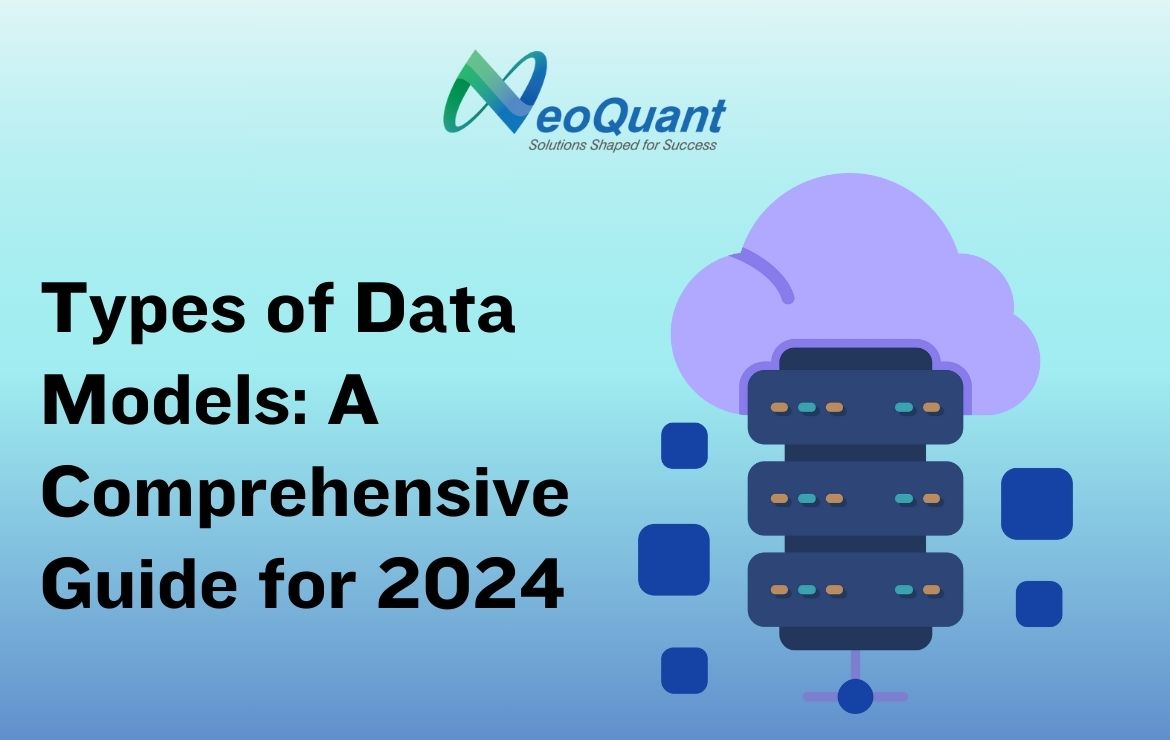
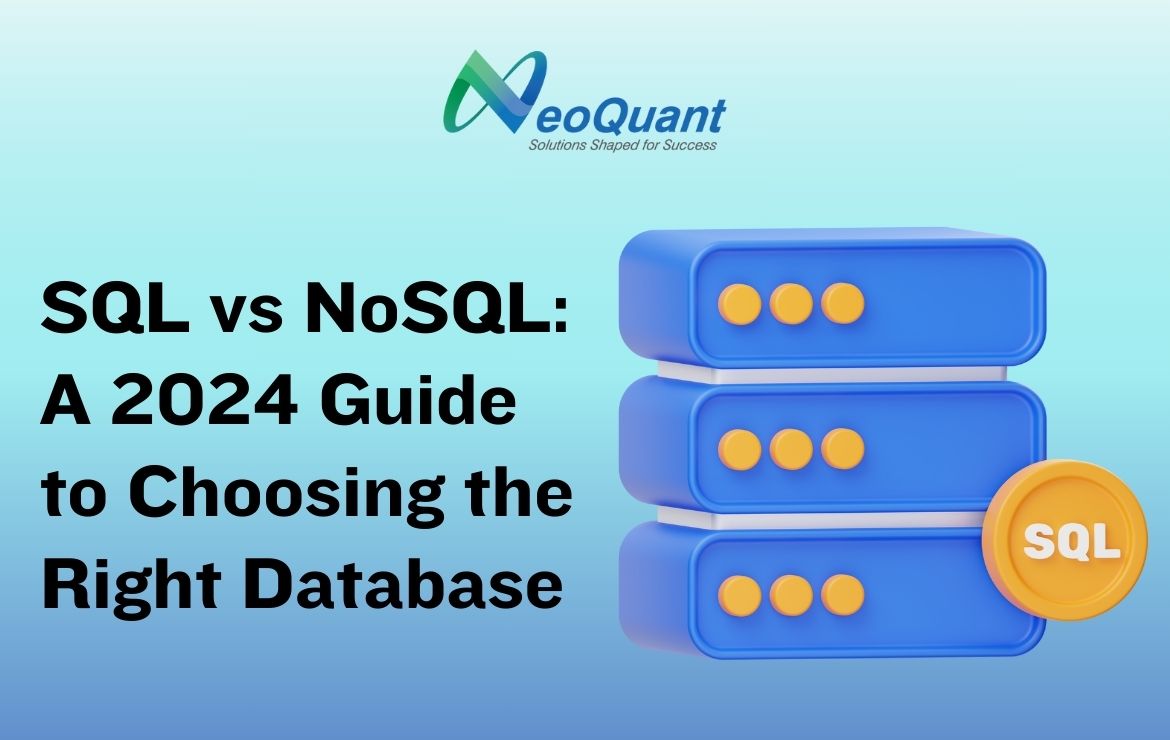
Comments are closed